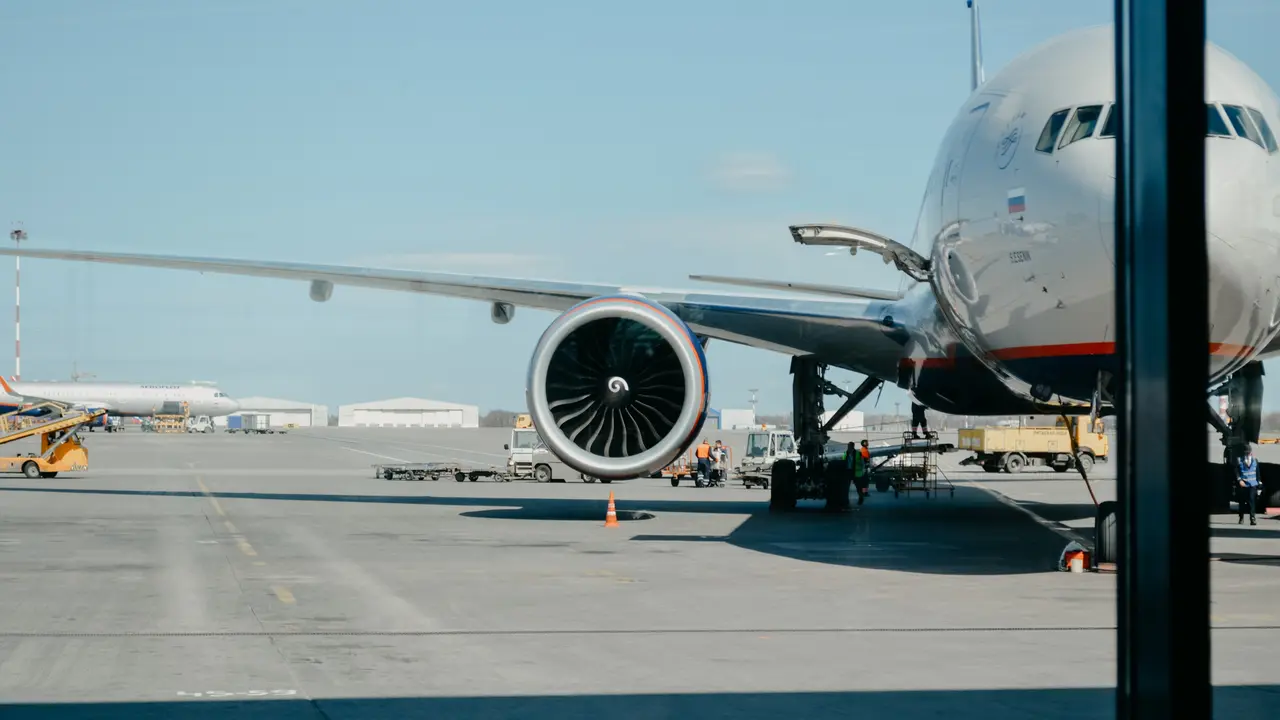Updated 28 March 2024 at 19:57 IST
What does flight duty time limitation mean for India’s aviation sector?
In February, the death of a pilot at the Delhi airport due to a suspected cardiac arrest sent shock waves in the aviation sector.
- Republic Business
- 4 min read

Pilot rest hours issue On Wednesday, when a Chennai-bound Air India Express flight experienced a minor collision with an IndiGo aircraft during its taxiing, the obvious point of suspicion was pilot fatigue. While the Directorate General of Civil Aviation (DGCA) took immediate action by off-rostering the pilots of IndiGo involved in the collision with the stationary aircraft, the incident once again stirred the debate on what makes for sufficient rest to pilots.
In February, the death of a 37-year-old Air India pilot at the Delhi airport due to a suspected cardiac arrest sent shock waves in the aviation sector. Republic Business reached out to an aviation analyst, a former pilot and an airline operator, who shared different views on the contentious FTDL issue. Could there be a middle path achieved to ensure that pilots get enough rest, while at the same time airlines do not bleed? Here is a deep dive.

Suitable rest hours
Flight Duty Time Limitation norms in the aviation sector, guarantee sufficient rest for pilots, minimising the risk of untoward incidents that have of late dominated India's aviation. The new FDTL norms, issued in January, increased pilot rest time and were set to be implemented from June 1 this year. The new rules, which are now postponed, will provide enhanced weekly rest for pilots, which has gone up from 26 hours to 48 hours. Additionally, it lessens flying at night, which is known to increase fatigue and lower attention.
However, Federation of Indian Airlines (FIA), an umbrella body of Indian airlines comprising of IndiGo, SpiceJet, and Air India had put forth reservations against the leeway to pilots on duty, saying that airlines will have to cancel 20 per cent of flights as new rules require them to increase the number of pilots by 25 per cent. Soon, the aviation regulator Directorate General of Civil Aviation (DGCA) put its norms for the relaxed duty hours of pilots in abeyance.
DGCA’s U-turn
Queries sent to SpiceJet and Indigo on the Flight Duty Time Limitation (FTDL) issue did not elicit a response, with both airlines stating that the issue was at an evaluation stage. However, in an interaction with Republic Business, industry veteran Captain Shakti Lumba, who retired as IndiGo VP and had earlier headed Alliance Air, says DGCA’s latest decision to defer FTDR was a U-turn.

Image Credit: Unsplash
Advertisement
Capt Lumba added, “It (DGCA norms in abeyance) is a black letter day for the safety of aircraft operations and that of passengers. The guardian of air safety, DGCA has abdicated its statutory obligation of upholding the primacy of air safety by giving operator’s economic interest preference over passenger and crew safety,”
“This inexplicable change in policy makes it apparent that pilot duty and rest rules to manage Fatigue need to be promulgated under the Aircraft Rule on Fatigue Management making it a law rather than a circular,” added the aviation veteran Lumba.
Airlines' constraints
Aviation regulator DGCA last Friday lifted the June 1 deadline for implementing the new pilot rest norms. On March 15, the regulator had refused to extend the June 1 deadline. Commenting on the regulator’s deferment, Kapil Kaul, CEO & Director, Center for Asia Pacific Aviation (CAPA India), which provides market intelligence for the aviation and travel industry said, “It is a logical and practical decision given the constraints and shortages but I see this deferment as temporary,”
Advertisement
Notably, as per CAPA India, 9,524 commercial pilots were registered with the Directorate General of Civil Aviation as of December 2023. Presently, a combined of 771 aircraft are part of Indian airlines' fleet but the country's aviation sector aims to double its fleet in the next two decades.
Published By : Saqib Malik
Published On: 28 March 2024 at 18:28 IST
